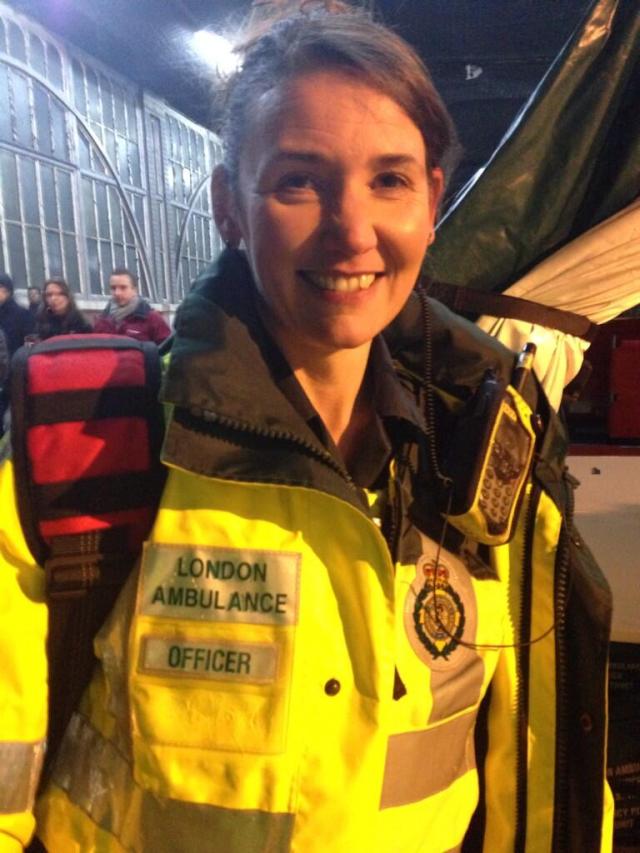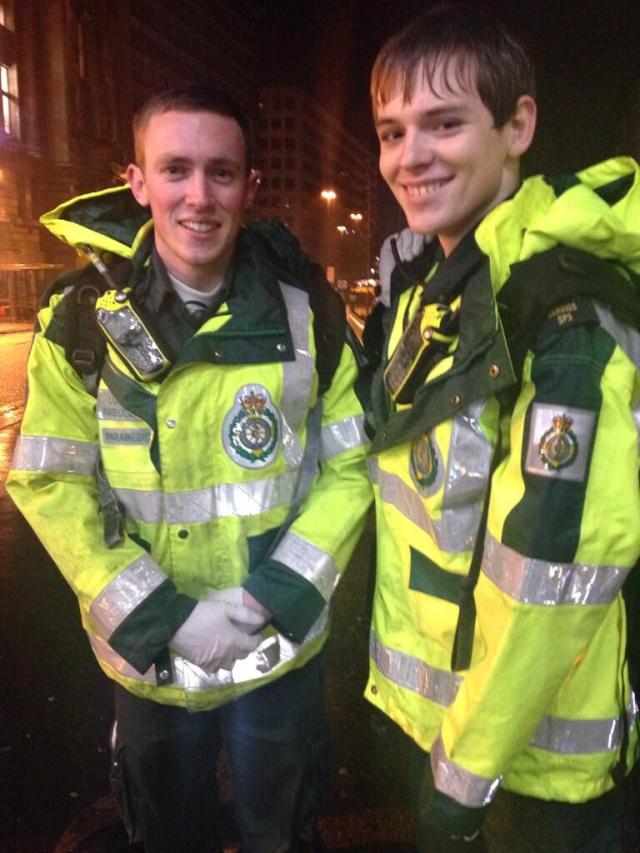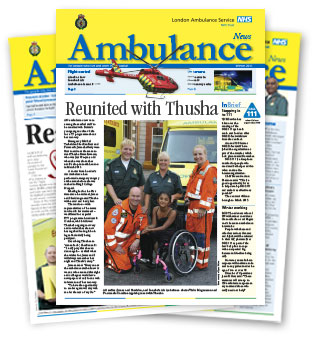 As thousands of revellers across the capital welcomed in the New Year, London Ambulance Service had an exceptionally busy night taking over 600 emergency calls an hour at its peak.
As thousands of revellers across the capital welcomed in the New Year, London Ambulance Service had an exceptionally busy night taking over 600 emergency calls an hour at its peak.
Control room staff answered a total of 2,588 emergency calls between midnight and 5am when normally they’d only respond to around 180 an hour.
Much of the increased demand was due to people becoming unwell because they’d had too much to drink.
Assistant Director of Operations, Katy Millard, who led the Service’s response on New Year’s Eve, said: “It’s the busiest night of the year for us and unfortunately not everyone was using us wisely. Many of our medics were tied up helping people with drink related illnesses and injuries – preventing them from responding to other patients.”
To help manage the increased demand, the Service worked with St John Ambulance to run 13 treatment centres in central London where staff treated 438 patients and took 88 to hospital.
Most of the patients in the centres had alcohol-related illnesses or injuries. Many were helped to sober up and treated for minor injuries before being discharged.
In the busy central London area medics worked on foot in teams of three – a paramedic, technician and St John Ambulance volunteer – carrying full medical equipment with them.
Katy said: “Every year we work closely with St John Ambulance at temporary treatment centres to ensure people out celebrating receive the most appropriate medical care as quickly as possible. By caring for people in treatment centres we can avoid taking them to busy A&E departments.”
While it’s been a busy night the Service is concerned it may also be a busy New Year’s Day. Katy said: “Many Londoners will be waking up feeling unwell after a heavy night. We would encourage them to consider using other NHS Services such as pharmacies or walk-in centers or call 111 for health advice.”
New Year’s Eve figures
The Service’s control room usually takes an average of 180 calls an hour. The breakdown of calls per hour was as follows:
New Year’s Day 2014
Hour Number of calls received in the control room
00.00 – 01.00 469
01.00 – 02.00 604
02.00 – 03.00 612
03.00 – 04.00 491
04.00 – 05.00 412
Total number of calls 00:00 – 05:00 2,588





London Ambulance Service Flickr

Photo courtesy of Josh Smith

Photo courtesy of Barry King

Paramedics John, Adam and Michael having a meal before heading out into the event area

Final briefing for LAS medics and volunteers from St John Ambulance working in the event area tonight

Some of the medics before they head out on foot into the event area. Crowds too dense for ambulances

This is Louise, a duty station officer, who will be helping manage crowds at Waterloo Station

One of the casualty retrieval units working in the Mall


One of the casualty retrieval units has brought a man into the centre who is very drunk and lost his shoes

Two of the medics Dom and Harry braving the cold wet weather to care for patients in central London

Tactical advisor Chris Hawkswell is dispatching crews from the event control room

Emma is monitoring CCTV cameras in the central London area from the event control room

Photo courtesy of Dom Stark

Medics and St John volunteers “looking after Londoners” at Waterloo Station Photo courtesy of Jason Killens

Medics and St John volunteers “looking after Londoners” at Waterloo Station Photo courtesy of Jason Killens
 Paramedics on motorcycles are responding to emergencies in Croydon to provide a better life-saving response to more patients.
Paramedics on motorcycles are responding to emergencies in Croydon to provide a better life-saving response to more patients.
































